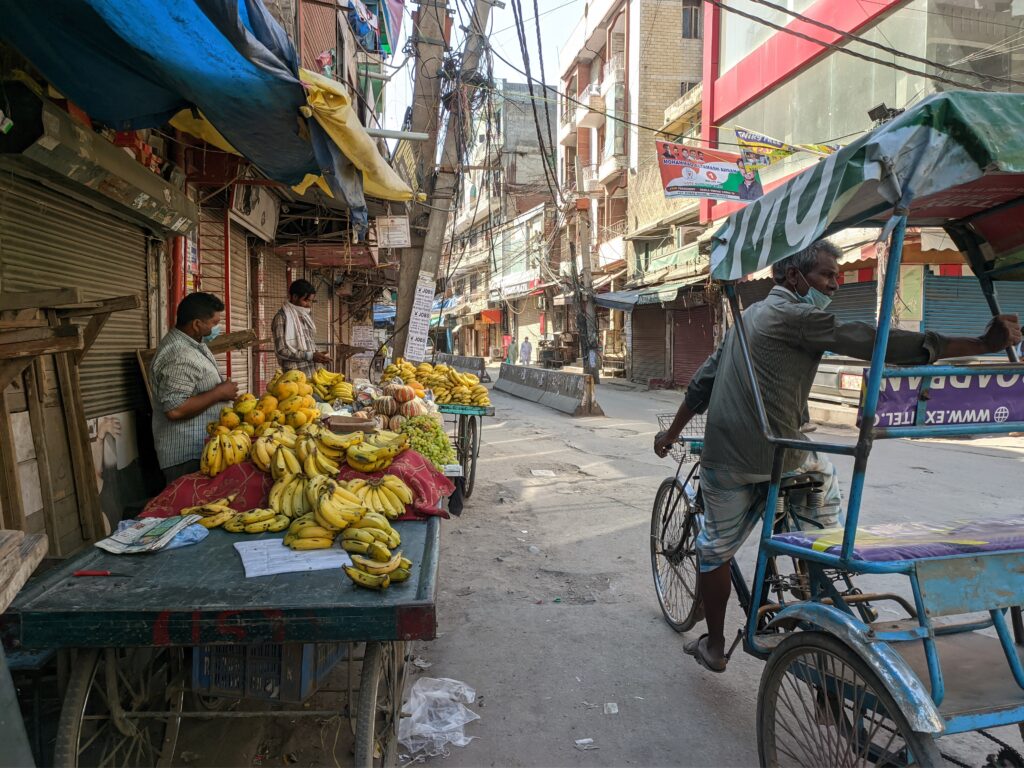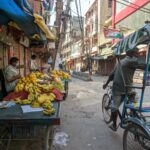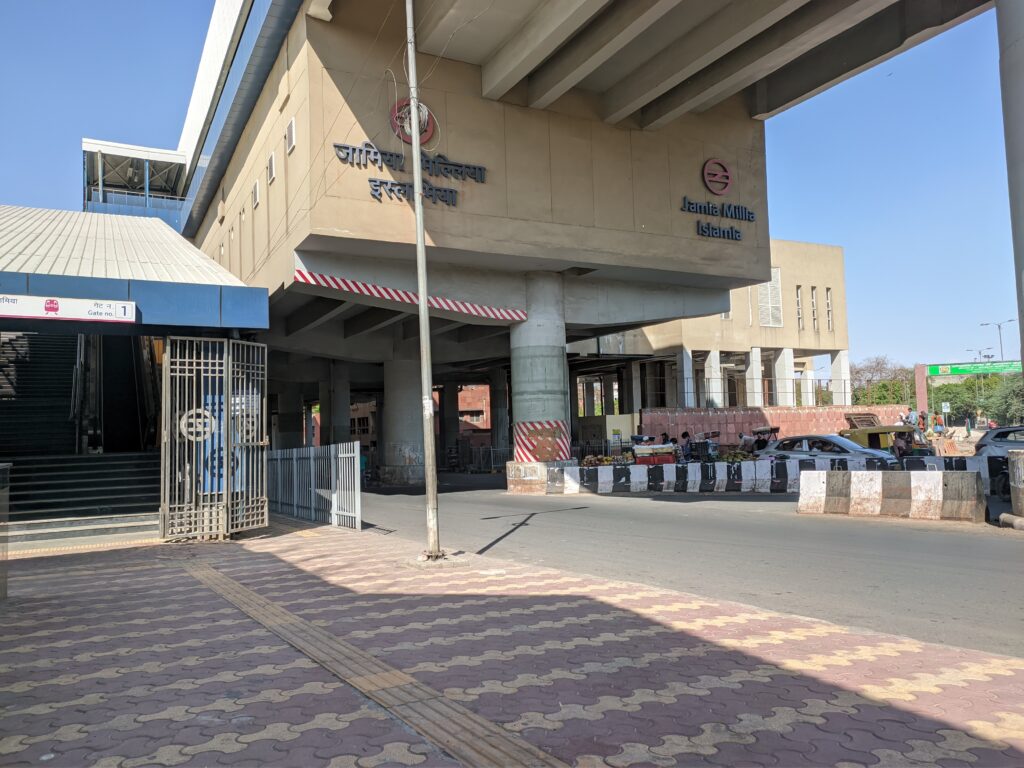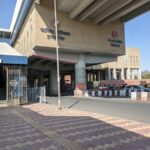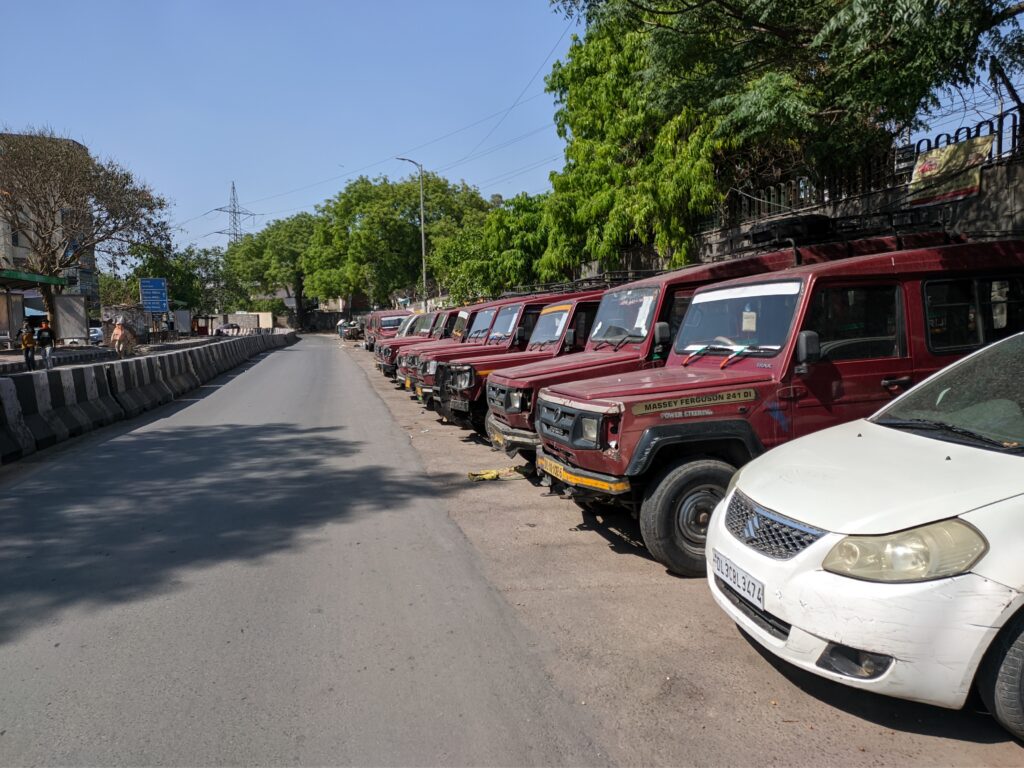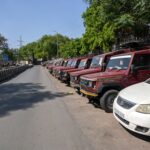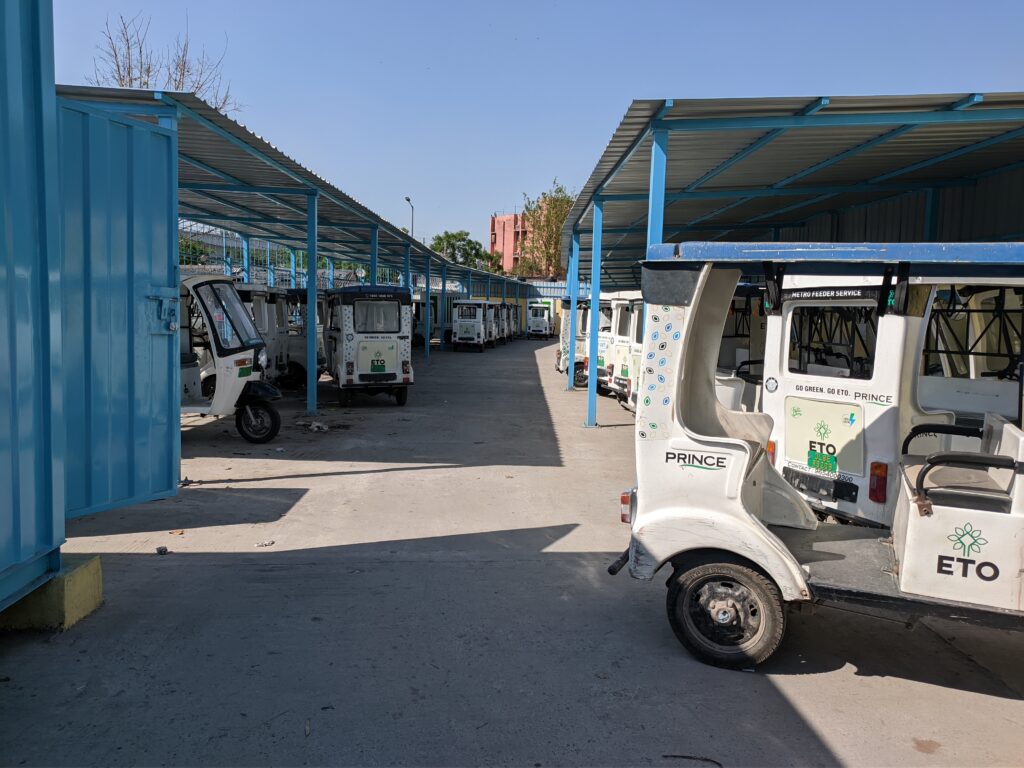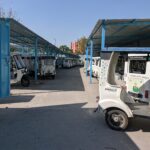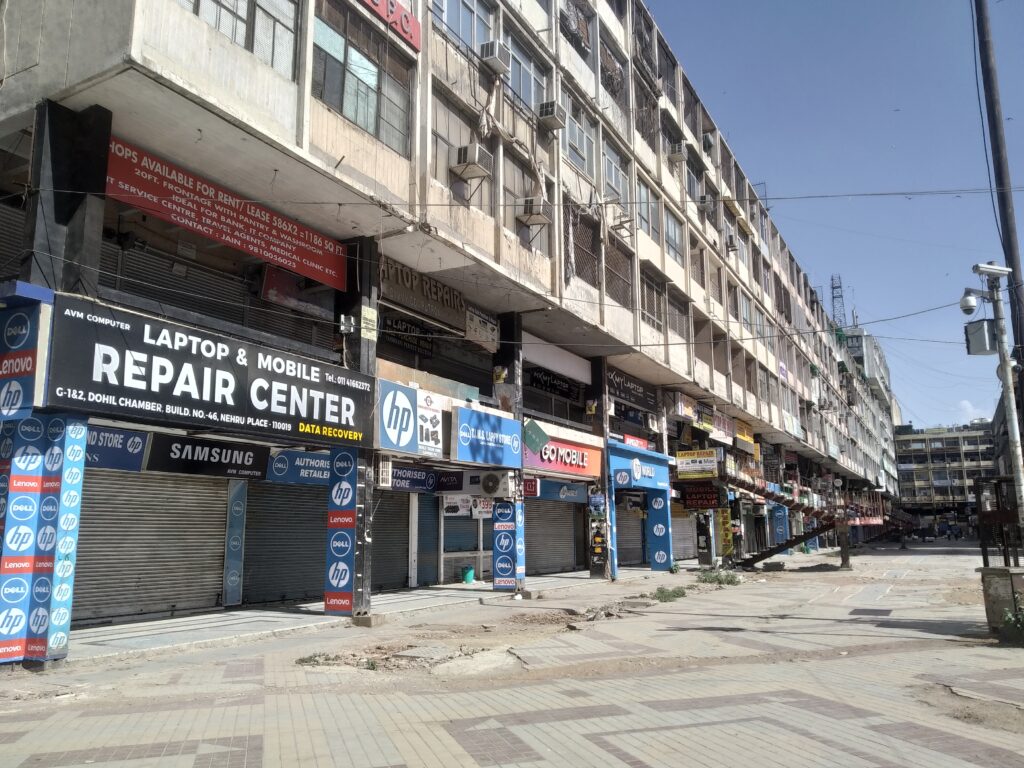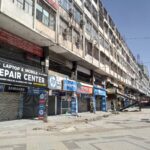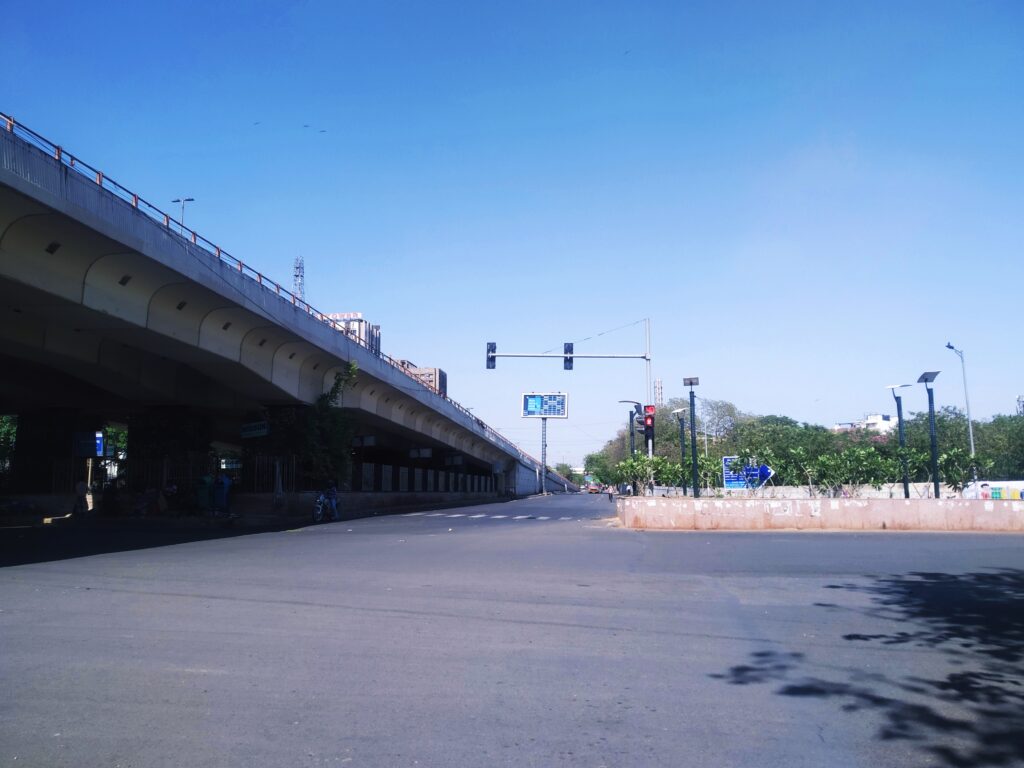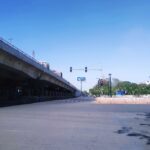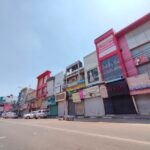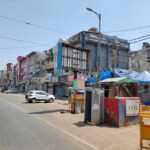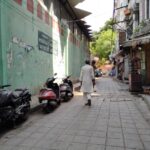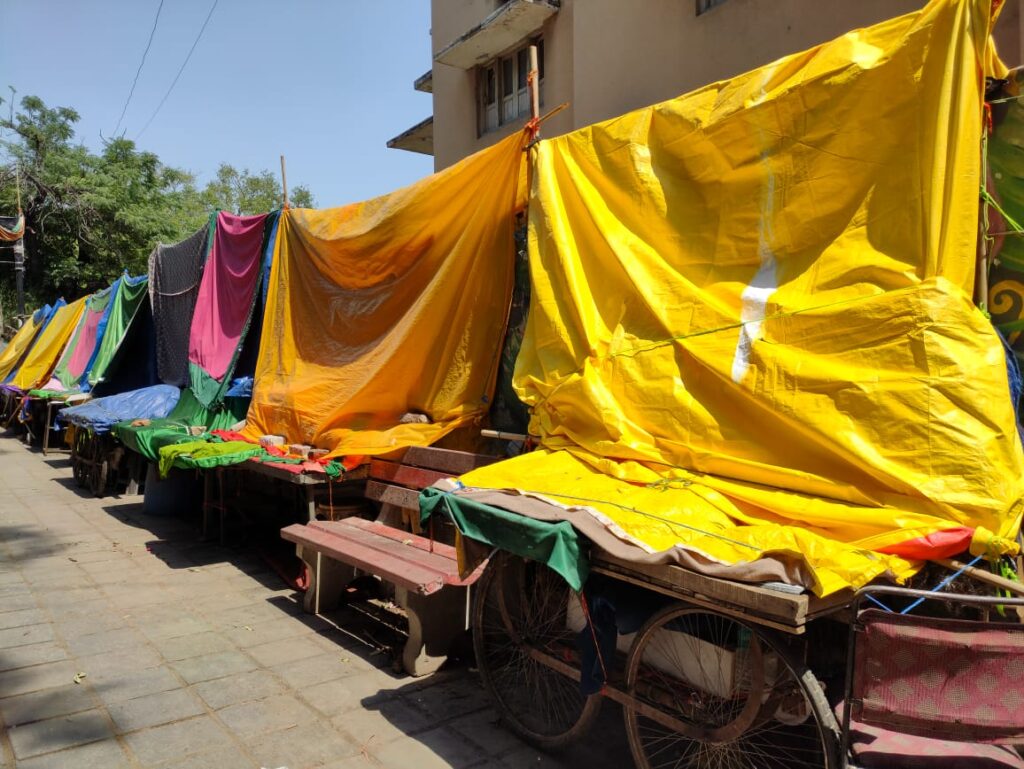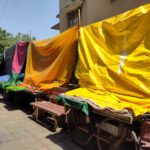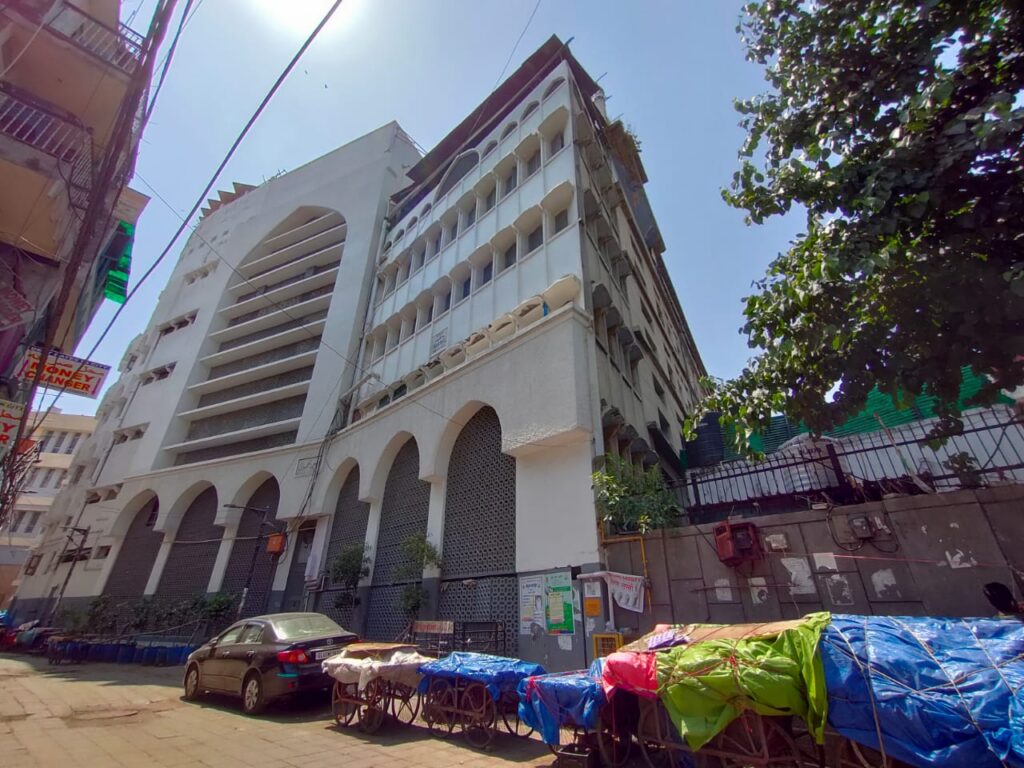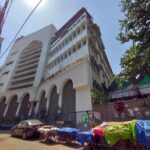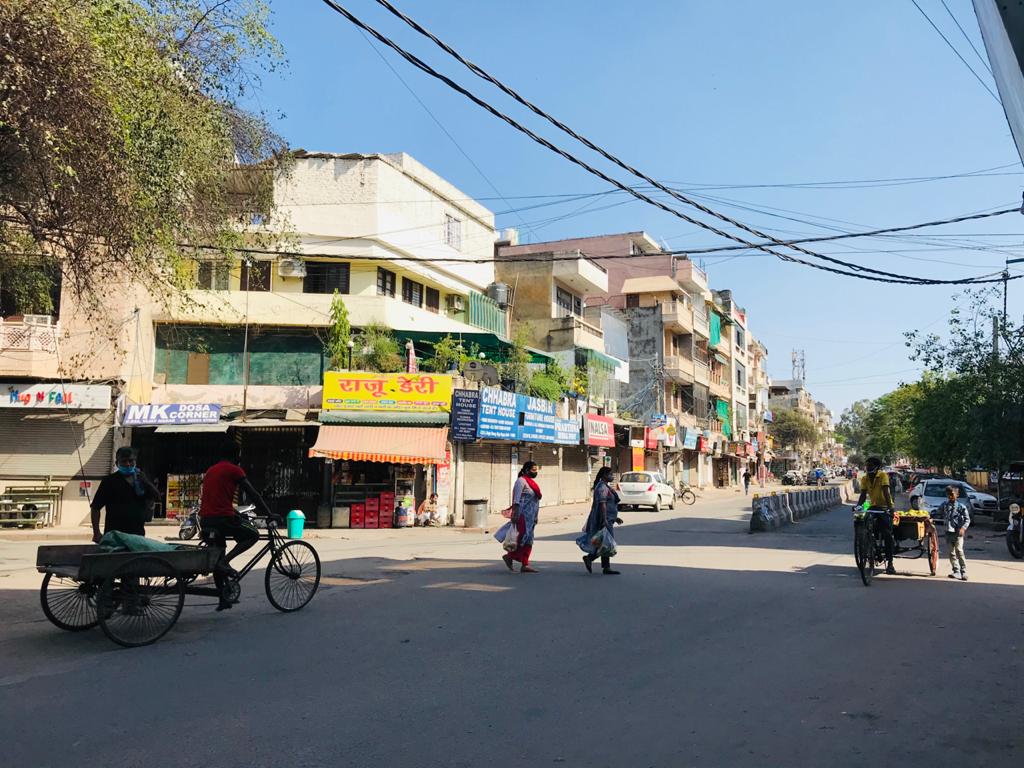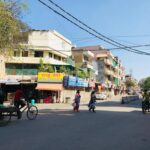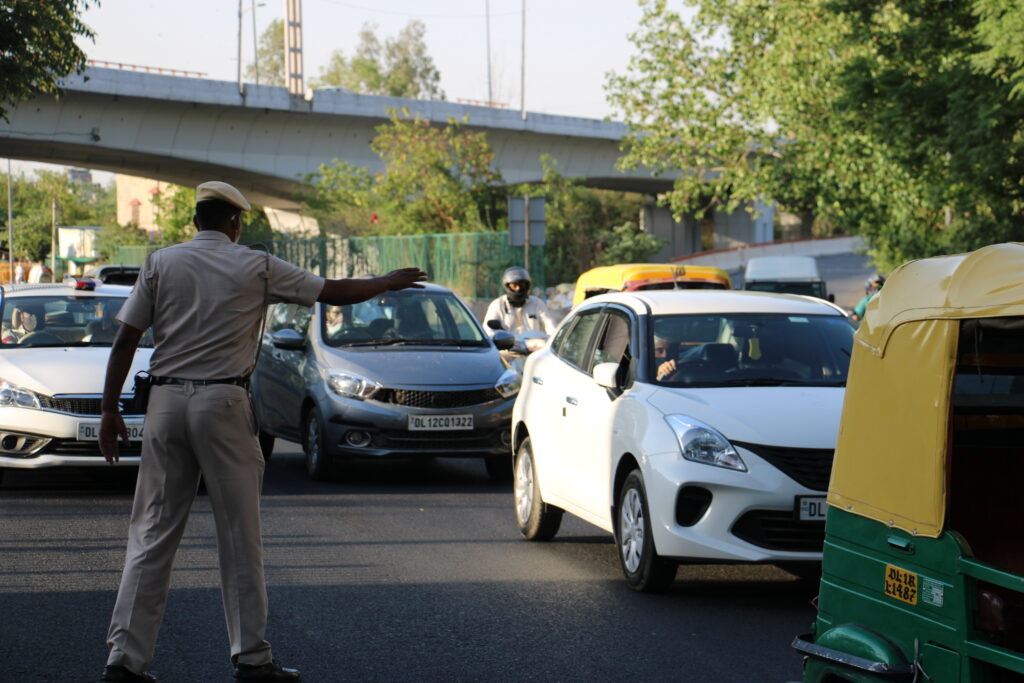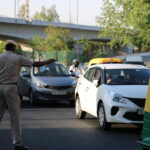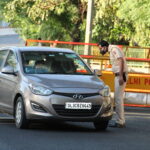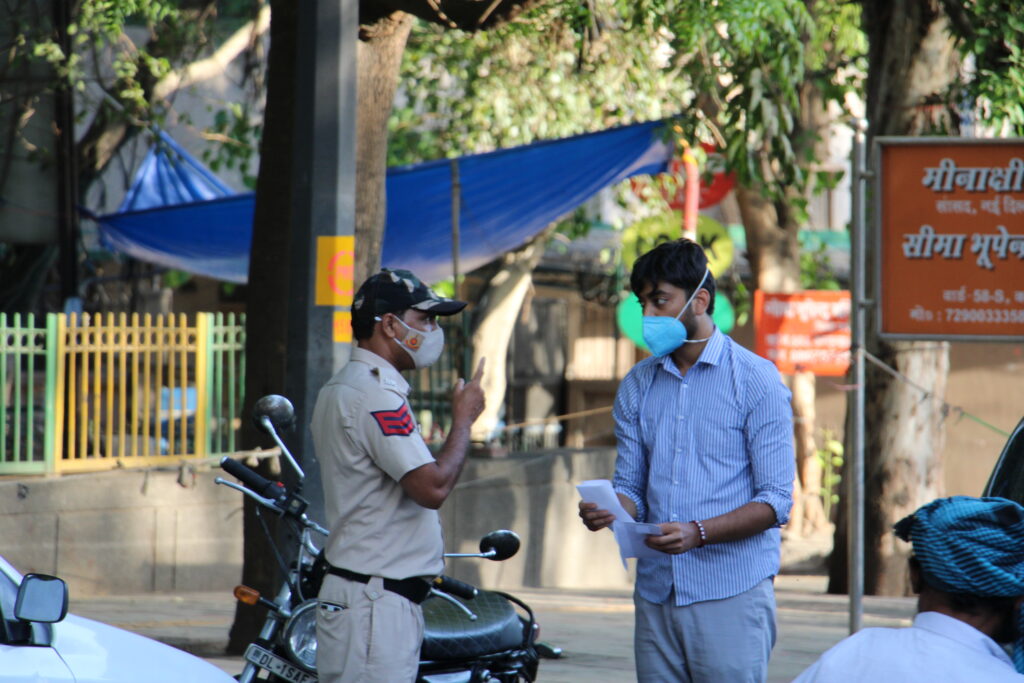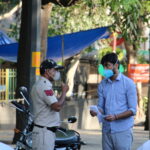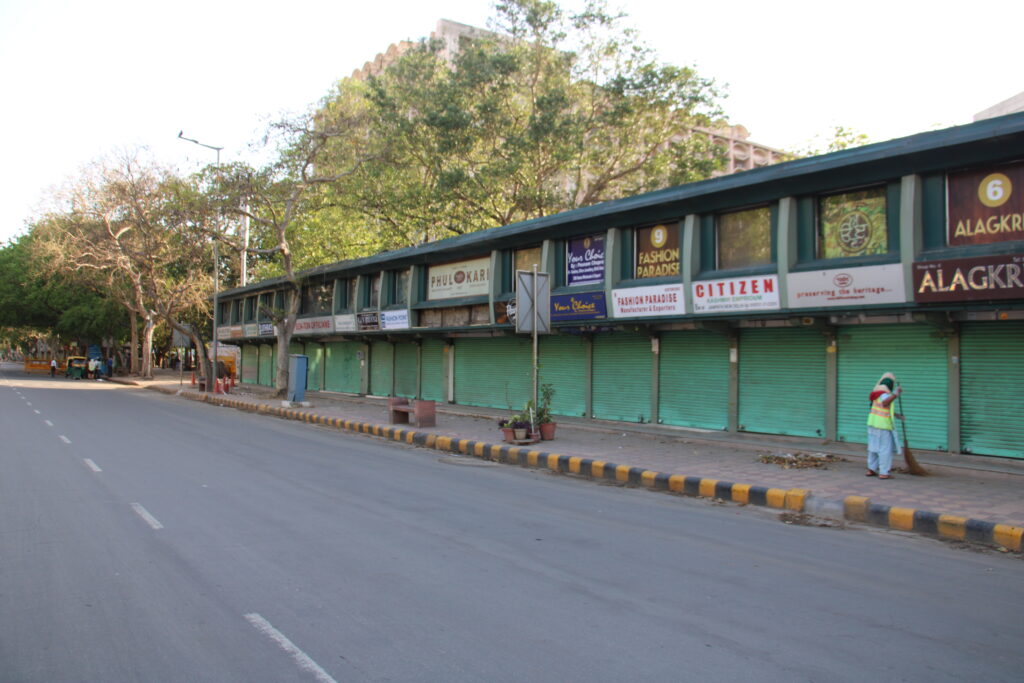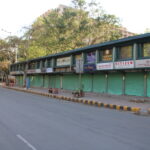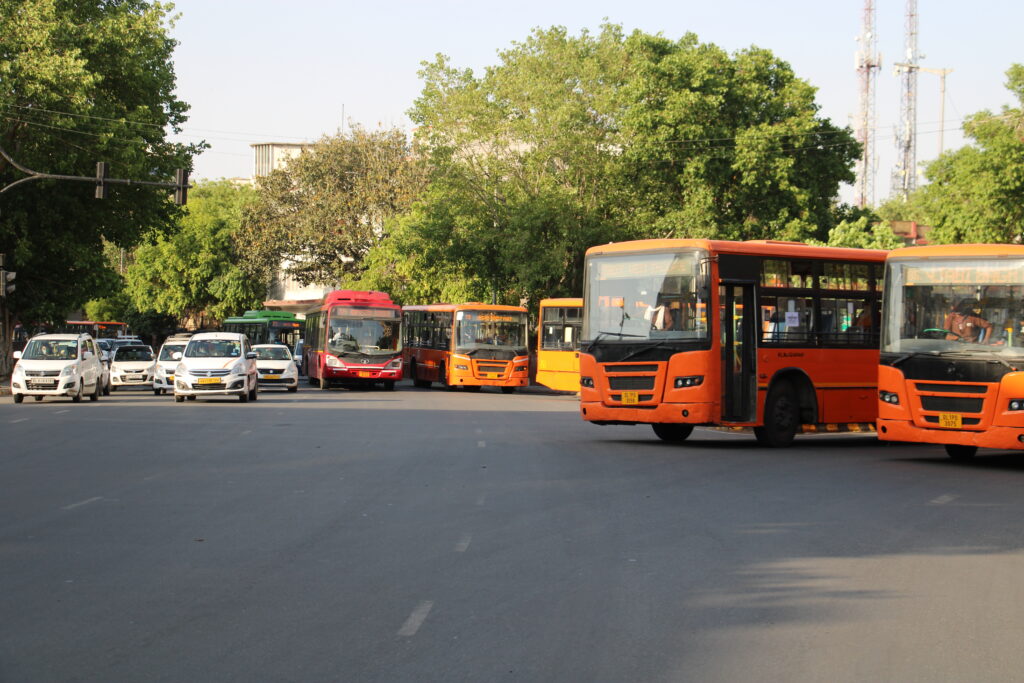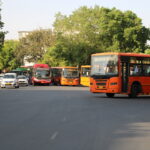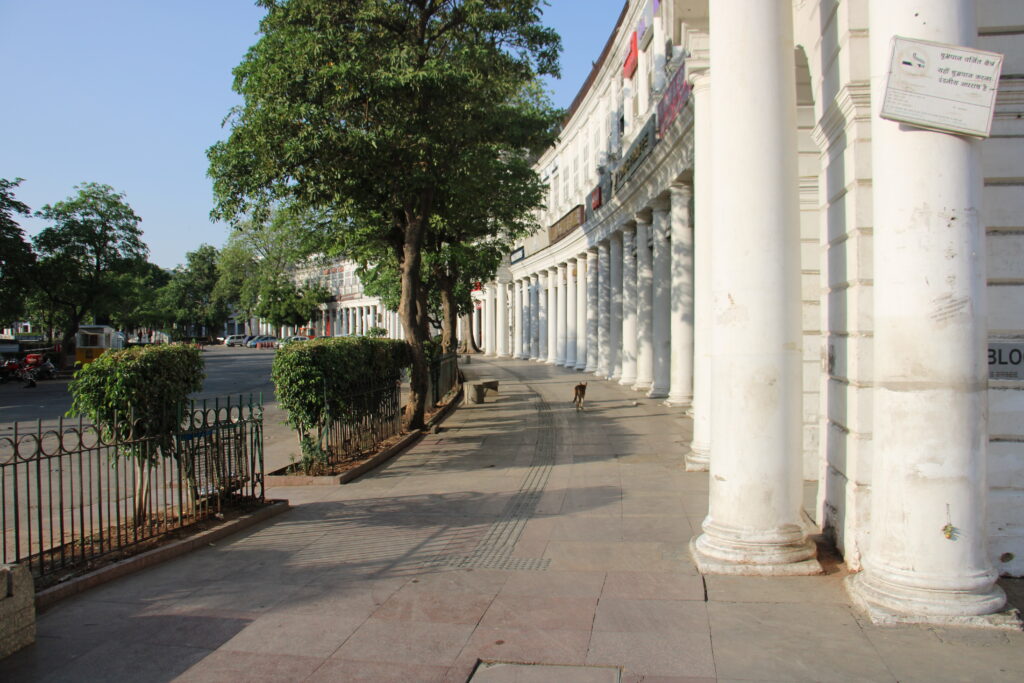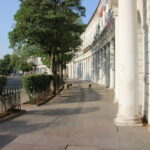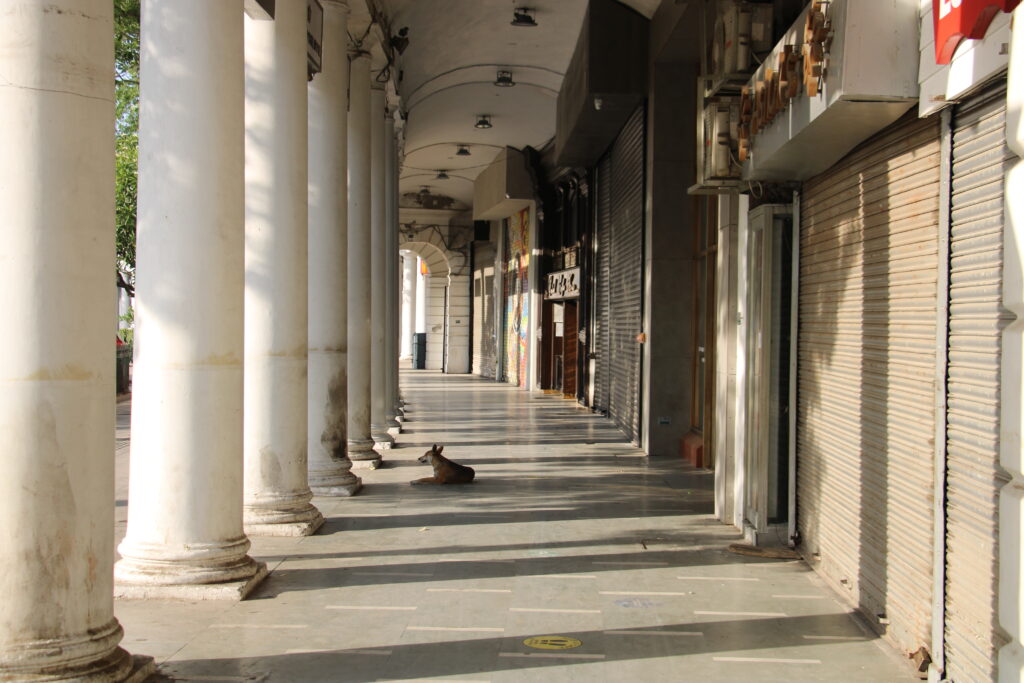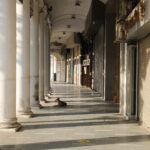What weekend curfew in Delhi looked like
Stark empty streets, shops shuttered down, near empty public transport, abandoned tourism monuments and deserted spiritual places defined Saturday, the first day of the two-day curfew imposed by the Delhi government in a desperate bid to cut down the spread of the coronavirus pandemic’s second wave that has gripped the metropolis.
The only people allowed to go to work included essential service providers working in pharmacies, grocery shops, hospitals, take-away services in restaurants, police stations and banks. Major markets like Connaught Place, Lajpat Nagar, South Extension, Janpath remained closed and devoid of any sign of life.
To ensure that the curfew orders were followed, Delhi police set up multiple checkpoints to verify that people out on the roads had a valid reason to do so, fining those who were out without any justification or permission granted to certain categories and who possessed the e-pass issued by the government. By and large, the police say the orders have been followed by the people.
“We have been here since the morning. The traffic is minimal, compared to a normal day. It appears that most people have decided to stay indoors and cooperate with the government,” an assistant sub-inspector of police heading a team at a barricade on the Zakir Hussain Marg in New Delhi tells Media India Group. “We have been conducting random checks on the passing vehicles. Most of the people were government employees, or those working in essential services exempted from the curfew as well as those who had a plane or a train to catch. So far, we have not come across anyone without a genuine reason,” he says.
In South Delhi’s Jamia Nagar as well as Batla House, the streets were entirely deserted as most people stayed indoors. As all shops were closed, only a few carts selling fruits and vegetables could be seen on the streets and most of the e-rickshaws that normally ferry people over short distance were parked for the weekend. In the Batla Market, most of the shops, with the exception of medical stores, were closed.
In the usually crowded areas of North Delhi, Azadpur, Shalimar Bagh and the Double story market near North Campus there was a complete shutdown of shops and transportation. There were few people on the streets, mainly near hospitals, pharmacies and stores providing essential items, the only shops which were open.
On a routine day, especially during the holy month of Ramadan, the area around Nizamuddin Dargah in central Delhi throngs with people. But today, it was bereft of practically anyone as the curfew orders were seriously followed by the residents of the area and the visitors alike. The numerous restaurants and flower shops that line the narrow lanes leading to the Dargah were also closed and the Nizamuddin railway station, a major long distance transport hub, was also deserted. Nearly 300 rickshaws, that scramble for passengers alighting from the numerous long-distance trains on a regular day, were parked near the Barapullah elevated road that passes close by.
The weekend curfew aimed at breaking chain of spiralling coronavirus infections was clamped at 10 pm on Friday and will continue till 5 am on Monday. Delhi recorded its highest-ever one-day Covid-19 figures on Friday when 19,486 cases and 141 deaths were reported, prompting chief minister Arvind Kejriwal to order setting up more coronavirus facilities and increase the strength of oxygen beds.
However, food delivery persons, security guards, auto rickshaws and cab drivers as well as a few vegetables and fruit vendors could be found on the streets. The rickshaw drivers say the curfew has again hit their incomes, which have been under severe stress for over a year. “Since the lockdown last year, my income has been reduced dramatically. Things began to change a bit only for the last 2-3 months and just when we thought that life would return to normal, we have this curfew. I normally make about INR 750 a day. Today, I would be lucky to even get a third of that. I have had only one passenger since the morning and if I don’t get a passenger now when offices close, I will have to head home empty,” Radhey Shyam Sharma, eagerly waiting at Connaught Place for an office-goer returning home on Saturday late afternoon.
Sharma squarely blamed Prime Minister Narendra Modi for entirely mismanaging the coronavirus pandemic and the second wave, saying he was incompetent and unable to govern as he lacked vision.

